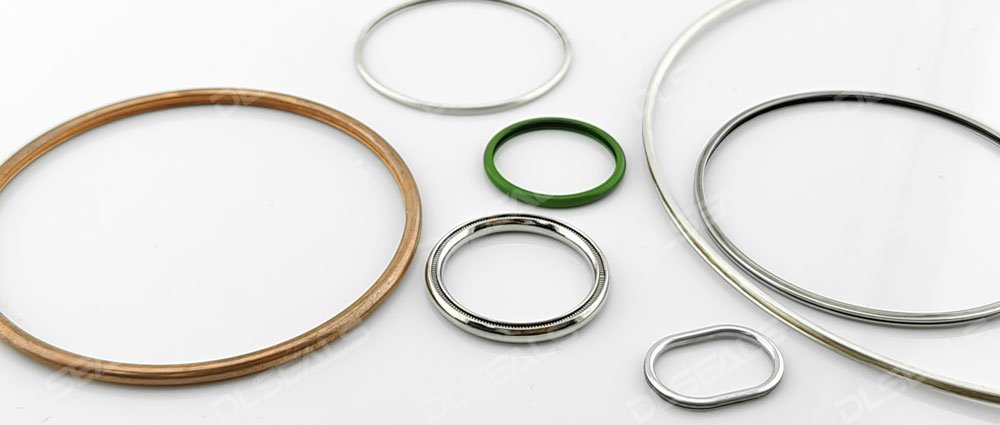News
A2024-04-23

preface:
In the industrial field, metal seals play an important role as key sealing components. However, there are many types of metal seals to choose from for different engineering needs, including O-type, C-type, E-type and U-type seals. This article will conduct a comparative analysis of these different types of metal seals to help readers better understand the characteristics and applicable scenarios of various seals, so as to make a more informed choice.
O-shaped metal seal:
Features: O-ring seals have a simple circular cross-section design and are easy to install and replace.
Advantages: Excellent sealing performance, suitable for static and dynamic sealing, widely used in hydraulic systems, automobile manufacturing and other fields.
Disadvantages: Not suitable for high pressure and high temperature environments, and is easily affected by pressure and temperature and fails.
C-type metal seal:
Features: The C-shaped seal has a "C"-shaped cross-section design and can be easily installed in the shaft seal ring or groove.
Advantages: Good sealing performance, suitable for static sealing and dynamic sealing, commonly used in valves, pumps, automobile engines and other fields.
Disadvantages: The installation requirements are high and the seal needs to be ensured without damage or deformation.
E-type metal seal:
Features: E-type seals have an "E"-shaped cross-section design and are suitable for larger radial and axial extrusions.
Advantages: Suitable for high pressure and high temperature environments, with good pressure resistance and wear resistance, often used in hydraulic systems, chemical equipment and other fields.
Disadvantages: The installation is more complicated, and it is necessary to ensure that the sealing surface and the surface of the part are completely consistent.
U-shaped metal seal:
Features: The U-shaped seal has a "U"-shaped cross-section design and is suitable for dynamic sealing.
Advantages: Good sealing performance, suitable for high temperature and high pressure environments, often used in aerospace, petrochemical and other fields.
Disadvantages: The installation is more complicated and the processing requirements for the sealing surface are high.
comparative analysis:
O-type seals are suitable for sealing needs under general pressure and temperature conditions.
C-type seals are suitable for engineering equipment with high sealing performance requirements.
E-type seals are suitable for sealing requirements in high-pressure and high-temperature environments.
U-shaped seals are suitable for industrial equipment with high requirements on sealing performance and durability.
in conclusion:
The selection of appropriate metal seals should be comprehensively considered based on engineering needs, working environment and sealing requirements. The above comparative analysis can be used as a reference for selecting metal seals, helping you find the most suitable sealing solution to ensure the stable operation and safety performance of the equipment.
[DLSEALS kindly Reminder] Sealing issues? Turn to DLSEALS! As a sealing component manufacturer, we specialize in customizing sealing components, providing a full range of services from design, research and development, production, testing, and more. If you have more information you'd like to know, feel free to contact us directly. DLSEALS's product experts are dedicated to serving you!